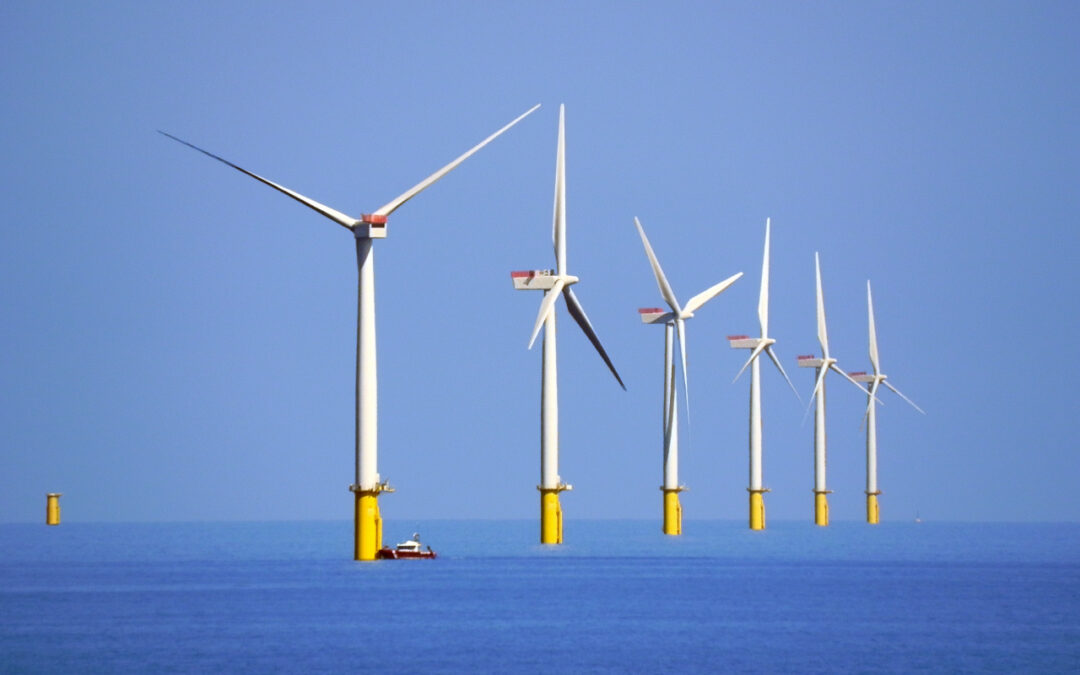Two new factories producing towers for offshore wind turbines are to open in Poland, with both due to begin production in 2024. The development comes as Polish state-owned energy firms are looking to develop the country’s first offshore wind farms.
Earlier this month, Spain’s GRI Renewable Industries penned a Memorandum of Understanding (MoU) with the capital group of Poland’s state Industrial Development Agency (GK ARP) for the development of a factory in the Baltic coast city of Gdańsk.
The investment is estimated at more than €100 million and the annual output of the factory is expected to reach 100 towers, which will serve turbines of over 13 MW of capacity, according to Gospodarka Morska, a marine news service.
That announcement was then followed last week by news that another Spanish manufacturer, Windar, would invest €80 million in a separate offshore wind tower factory in Poland. Construction of the 120,000-square-metre complex will begin this year.
The plant is also expected to produce 100 towers per year for new-generation offshore turbines of an output of between 14 MW and 16 MW. The company says 450 jobs will be directly created at the facility.
Windar to Build EUR 80 Million Offshore Wind Tower Factory in Poland: https://t.co/g7TOV5Z9Y3@WINDARrenovable #offshorewind #RenewableEnergy
— Offshore WIND (@OffshoreWINDbiz) February 18, 2022
Poland has sought to develop its wind sector as part of an effort to move away from reliance on coal. Last month, the country generated a record amount of wind energy – over 2.5 terawatt-hours (TWh) – with turbines meeting around a third of the country’s electricity needs at times.
Before 2016, Poland had one of Europe’s fastest-growing wind sectors. But restrictions introduced by the new government that year made it almost impossible to build new onshore wind farms, resulting in investment drying up since then.
Annual windpower capacity installed in Poland
– 2015: 1,266 MW (2nd most of any country in Europe)
– 2016: 682 MW (4th in Europe)
– 2017: 41 MW (15th in Europe)Since 2015, PiS govt has tightened regulation on where wind farms can be built and reduced subsidies & increased taxes pic.twitter.com/a7Z3g2CvET
— Notes from Poland 🇵🇱 (@notesfrompoland) February 26, 2018
That same government now hopes to increase the share of wind in Poland’s energy mix, and last February it introduced an Offshore Act regulating the development of wind farms in the Polish Baltic Sea for up to a 10.9 GW capacity to be either operational or under development by 2027.
Poland’s first offshore wind farm is due to be launched by state energy firm PGE in 2026, with an initial capacity of just over 1 GW, increasing to 2.5 GW by 2030.
Earlier this month, state oil giant Orlen, which has been seeking to diversify towards lower-emission energy sources, announced that it has submitted applications for seven new concessions for the construction of wind farms in the Baltic Sea, with plans for a further four. The total planned capacity is 7 GW.
Złożyliśmy wnioski o 7 nowych koncesji na budowę farm wiatrowych na Bałtyku, planujemy również ubiegać się o kolejne 4 koncesje. Zgodnie ze strategią #ORLEN2030 chcemy wykorzystywać efekt skali i dotychczasowe doświadczenia w morskiej energetyce wiatrowej https://t.co/1vyVAVo59R pic.twitter.com/cjiYHkJBUd
— ORLEN (@PKN_ORLEN) February 4, 2022
Main image credit: David Dixon (under CC BY SA 2.0)

Maria Wilczek is deputy editor of Notes from Poland. She is a regular writer for The Times, The Economist and Al Jazeera English, and has also featured in Foreign Policy, Politico Europe, The Spectator and Gazeta Wyborcza.




















